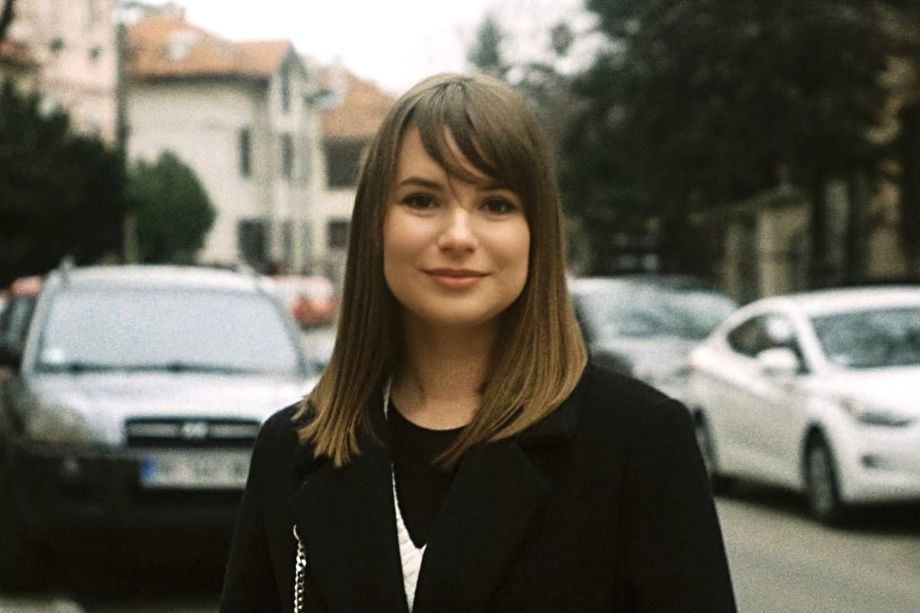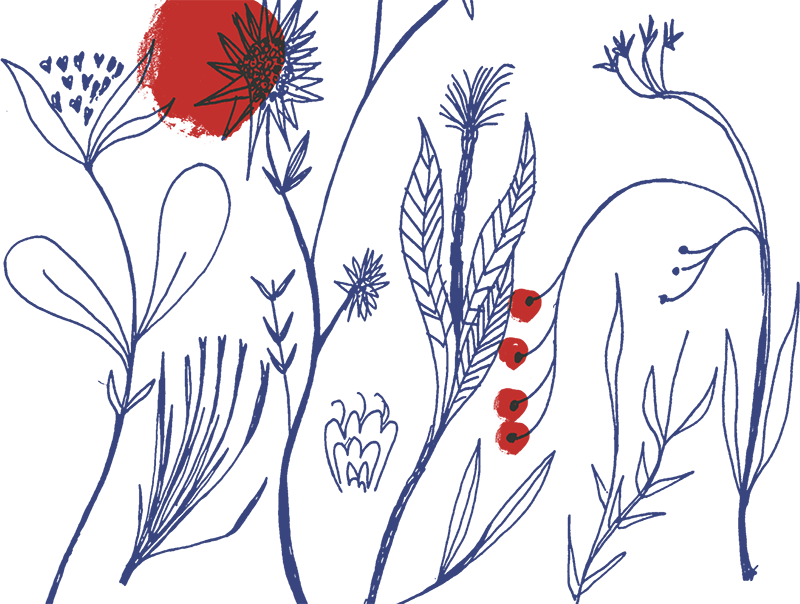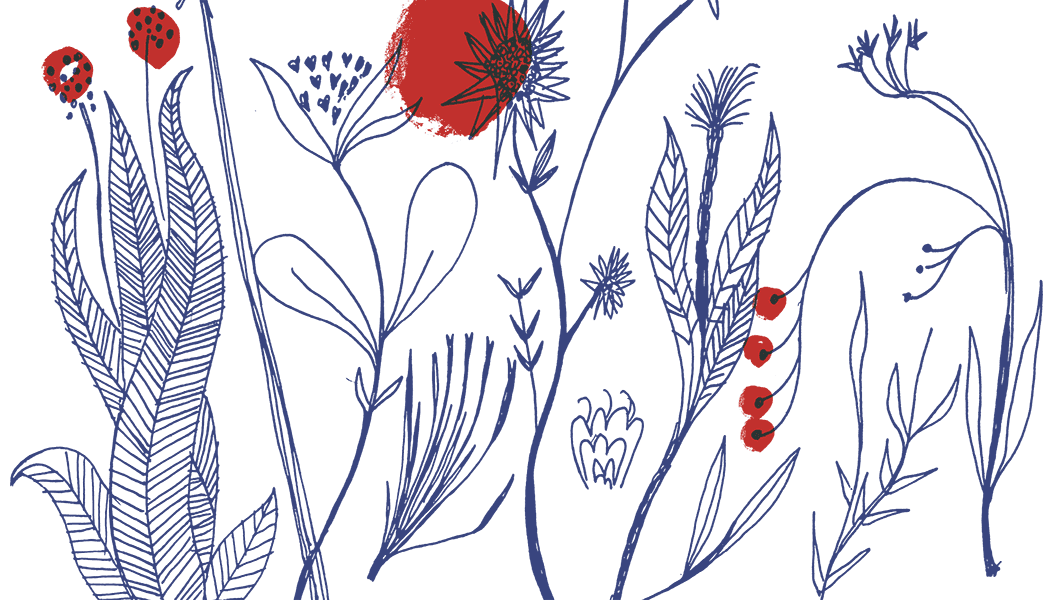
Concrete Canopy Seconds from Collapsing: The Metaphor and the Reality
On November 1st 2024 concrete canopy of the newly renovated main railway station in Novi Sad, Serbia collapsed and killed 16 people. This ignited series of ongoing massive protests against corruption, organized and led by students who simultaneously blocked all Universities. Where are we seven months later? Is it time to change the method of resistance?
Poet and researcher Katarina Pantović writes about the widespread protests in Serbia since the fatal accident in Novi Sad.
“The world has gone crazy.”
That's what I randomly heard passing by a mixed group of tourists chatting on the Belgrade airport “Nikola Tesla” very early in the morning of November 1st last year. I was on my way to a DAAD PhD research stay at the University of Hamburg. The plane rose above the foamy clouds, the blue horizon seemed promising, yet almost cynical in its serenity amidst ongoing wars, dubious elections, propaganda, protests, arrests, anemic EU and UN official statements, authoritarians taking over their countries or the whole planet just for the sake of toying with it like a spoiled child. Upon arriving to the accommodation, I picked up my phone to let my parents know I arrived. As soon as I connected to the Wi-Fi, I realized I had received dozens of messages consisted of links. Something was going on.
“Omfg, did you see this??!”─a close friend of mine sent me a message with a link to the latest news─concrete canopy of recently renovated main railway station in Novi Sad, second-largest city in Serbia, collapsed onto the busy pavement below. The exact time of the accident was discovered a few days later when city camera videos emerged, marking the 11.52 stamp as the moment when the whole canopy, as if someone had pushed a button, collapsed, entrapping dozens of people beneath. The video of the tragedy seemed surreal, like one of those black and white silent movies. It was like watching the world explode on mute.
I sank deep in the armchair. I spent my day refreshing the news, and with each update another victim would be found and dragged out underneath the rubble. By the evening, it was official─14 fatalities, 3 severely injured. One woman died 16 days later from the severity of her injuries. On March 21st 2025, another person died, a 19-year-old man. The only woman who survived is still to this day in hospital, having had the bottom half of her body amputated. She is in her early twenties and is a mother to one child.
My hometown Belgrade is a city where demonstrations and protests have become a regular part of one's life. I guess it’s due to the fact that, no matter the economic progress Serbia’s made over the past decade, there’s still a lot to be dissatisfied about. Unrightful state media reports, legally questionable and sloppy construction work and investments, political blackmails, overall decline in culture and education. I was too young, but I clearly remember my parents participating in the 1996/7 demonstrations against Slobodan Milošević. Almost every presidential or parliamentary elections ended in protests. We had protests in July 2020 during the Covid-19 pandemic when the government wanted to reintroduce a general lockdown; we had massive ecologic protests against controversial Rio Tinto mining the most fertile soil in Serbia in 2021 and 2024; we had protests ignited by two mass shootings in 2023. And now, starting from November 2nd 2024, we have been having protests virtually every day.
But this time something was different. It started with daily 16 minutes of silence held in the roadways and streets of Belgrade and Novi Sad as an honour to the 16 victims, beginning at 11.52. Soon it spread to other larger cities in Serbia. But when several members of the SNS party violently attacked students of the Faculty of Dramatic Arts in Belgrade on November 22nd during one of these peaceful commemorations, it was a drop too many: it triggered massive protests which started spreading like fire throughout Serbia, initiated and organized by students, who went into a strike and subsequently blocked around 60 faculty buildings in five university centres: Belgrade, Novi Sad, Kragujevac, Novi Pazar and Niš. To go back to the beginning of this story, I was away from my country, ironically enough isolated from the chaos in the superficially stable Germany, dealing with its own elections and socio-political challenges, trying to catch up with what was happening, experiencing a rollercoaster of emotions, staying in constant touch with my parents, friends and colleagues, many of whom regularly participated in the protests, putting a lot on the stand. Each day brought something new─attacks, arrests, politicians’ resignations, crucial evidence; analyses, praises, critiques; promises, threats.
To this day, more than 110 cities, municipalities and villages in Serbia organized protests, which is unprecedented. Every larger city had their hallmark protest led by the students, who made a list of their initial requests for the government: publishing complete Novi Sad railway station renovation documentation, identifying and prosecuting the perpetrators of the attack on the students, dismissing all the charges against arrested students during the protests, raising the University budget for 20%. But they also came up with new emancipatory practices, numerous creative and subversive sub-protests and actions, such as multi-day marching hundreds of kilometres to other cities for rallies, or the one against the state prosecutor, who never once made an official statement for the media to inform the public on how the case is coming along─they personally delivered her 1000 identical, handwritten letters asking her one thing─to do her job and work in the interest of people of Serbia, families of the victims included.
Students unequivocally stated from the very beginning that they do not want to be associated with any political opposition party and that they are acting independently, as well as that they pursue justice, rule of law and genuine democracy in Serbia, where nobody would get killed due to corruption, ignorance and overall negligence. Insisting that their fight is the one for humanity, and not about politics, they organized themselves in so-called plenums in which they discussed next steps and plans for actions, practising direct democracy. But most importantly, they succeeded in what had been almost unimaginable since the 2000’s: they motivated broad masses over the course of many consecutive months to unintimidated go out in the streets and demand justice and order. They brought different people together and awoke solidarity and empathy, cancelling out lethargy and passiveness. These protests served as an inspiration to other countries, such as Turkey, Greece, North Macedonia, Slovakia, Hungary, who each had their protests some time in the last 7 months.
Lots of tears of joy were spilled, lots of hugs exchanged, many songs chanted together. It was as if the genie was finally released from a bottle that had been sealed with years of fear and indifference. Because the state is not experienced solely as a formal institution but also as an emotional presence─a persistent influence that dictates our sense of self in this world. This influence acts as symbolic violence: a subtle, often unseen form of power that shapes our thoughts, desires, and emotions. It seeps into everyday life, training us to accept certain norms, social orders, and even injustices as if they were natural or unavoidable. Therefore, resistance isn’t only about opposing laws or government actions, but also about challenging this hidden emotional power that shapes our identities, sense of belonging, and visions of what’s possible.
Climax was reached on March 15th this year, when more than 200.000 people gathered in Belgrade, probably outnumbering the rallies against Slobodan Milošević on famous October 5th 2000. Expectations of the aftermath of this magnificent protest were huge. But March 15th nothing really fundamentally changed for the better. And that was the sudden anticlimax of this experience. On March 19th the government officially collapsed. More than a month later, a new one was assembled, worse than its precursor.
The student fight was political, and is political, such is every activity in the social field. Perhaps too idealistic, noble and passionate in its core, has the student initiative turned out to be politically short-sighted and naïve in its hope and resistance to the stiffness and resilience of this regime? Have they taken into account the broader picture of current far-right populist global politics? Some groups aspired to the “democratic values” and rode bicycles to Strasbourg in the first half of April, hoping to draw attention to Serbia and get some assistance in their fight. But what are these democratic values they look up to and bring up in their speeches? Looking at how numerous regimes fiercely punish the disobedient, do they even truly exist anymore? Has the youth taken into account the tradition of Serbians choosing unpredictable politicians and nurturing a cult image of each “leader” for decades, which has its roots somewhere centuries deep in historical, cultural and economical reasons? People have done the same thing with students now. They have given them an aura of a secular Messiah who is going to rescue the entire nation. Why has there not been any other genuinely promising and serious political option in Serbia? And again, is such thing even possible anymore?
While I was writing this article, Students in blockade issued an official announcement that they would be forming an election slate and selecting their candidates with an intention of running for next elections, which they demand be called immediately. That is something one part of the public had been advising them for months. But has this decision come too late? What has been the price of this resistance? The faculty blockades backfired and caused harm to those who were the strongest supporters and allies of the students: their professors. In end of March the caretaker government overnight imposed a revengeful regulation acting retroactively that number of hours dedicated to scientific research (lectures excluded) would be reduced from 20 to 5 hours per week. Practically speaking, the professors’ salary is now 12.5% of the amount they used to be paid.
And it has been so since February. Now it’s June. People have bank loans, small children, illnesses that require expensive medical treatment, old and poor parents that are on low fixed income. There are married couples who are both University professors, and they essentially lost their income altogether. But that did not soften the toughest blockaders. In April the blockade was radicalized: faculties locked up, “black lists” reinforced. There have been negotiation attempts with the plenums that some form of at least online lectures be introduced for students who want to continue their studies, all SNS stunts aside. Some faculties managed to come to an agreement, majority still didn’t. But as a member of Academia I cannot help but mention the one fact that remains unchanged: faculties have been shut down for 7 months now─no lectures or exams, this school year being practically wasted, and the next one being in jeopardy as well. Students themselves are at risk of losing their scholarships and dorms. To anyone outside Serbia this is borderline science fiction, but it fits into Vučić’s announced plan for privatization of universities perfectly. The bizzare and devastating part is that the initial beautiful and noble fight for justice transformed into a platform that the government utilizes for its own further unethical practices.
Consequently, the return to normalcy is required. The problem is that “normalcy” may be the very thing that produced the resistance to injustice. For the Serbian society, it might take decades and many sacrifices for the system to fundamentally transform. And it doesn’t even depend solely on Serbia. We should look at all the aspects of this ongoing fight and its short-term and long-term results, focusing now on the immediate future of our youth, education and universities. That is something one outside this community and this fight seems to grasp with difficulty. One part of society, Serbian and Western included, views students as heroes, liberators and the dark horse of contemporary national politics. The other part sees them as too rigid, delusional and privileged. An even more dangerous phenomenon is that society has brutally divided in a black-or-white manner. Yes, the world has gone crazy. Tensions in this discriminatory, manichean surrounding have reached the point of intolerability. The government insists that life has to resume, the students that it has to stop. There are as many questions as there are observations. So what is the endgame? And when does the game end?
– 20th June 2025

